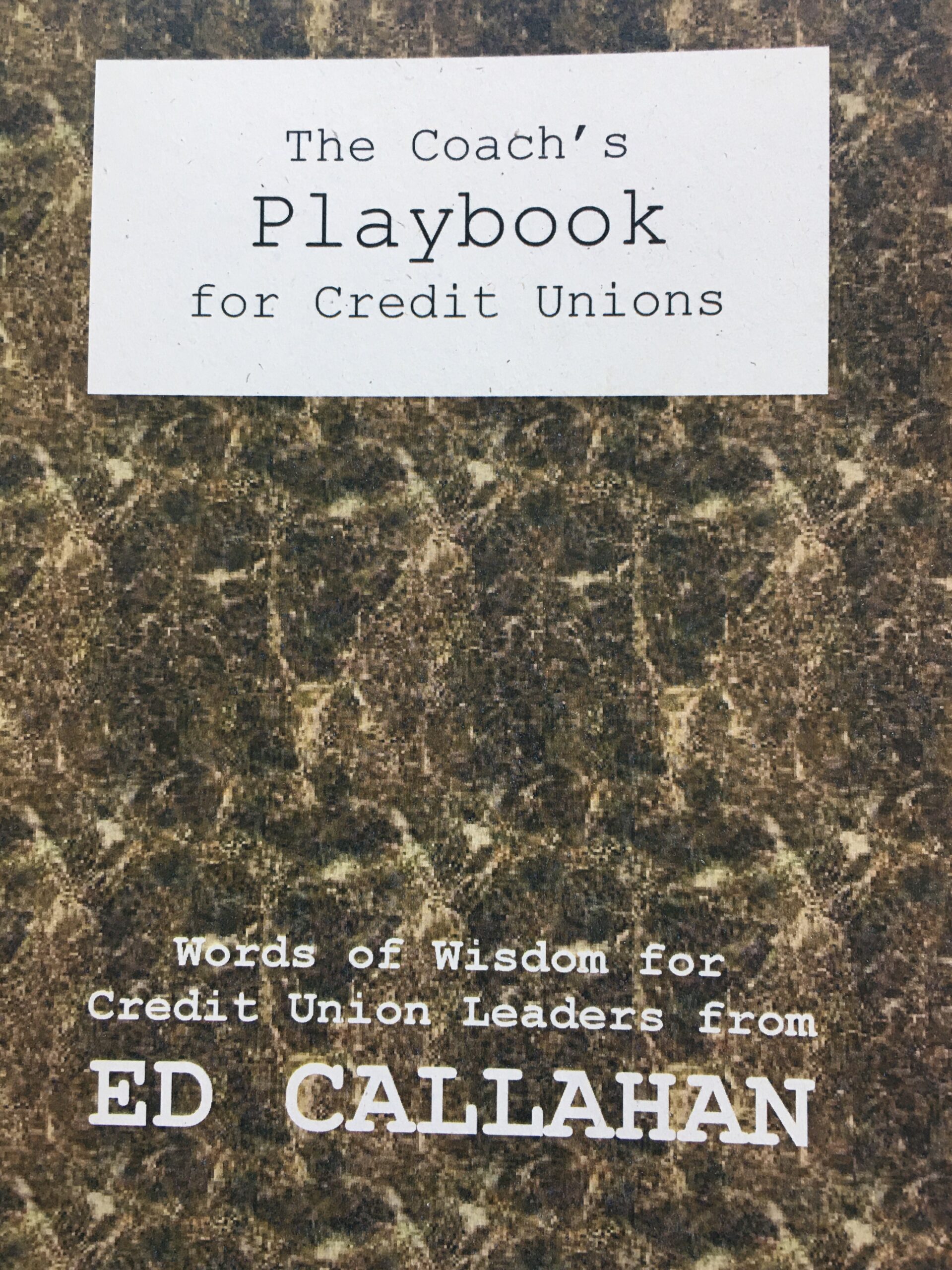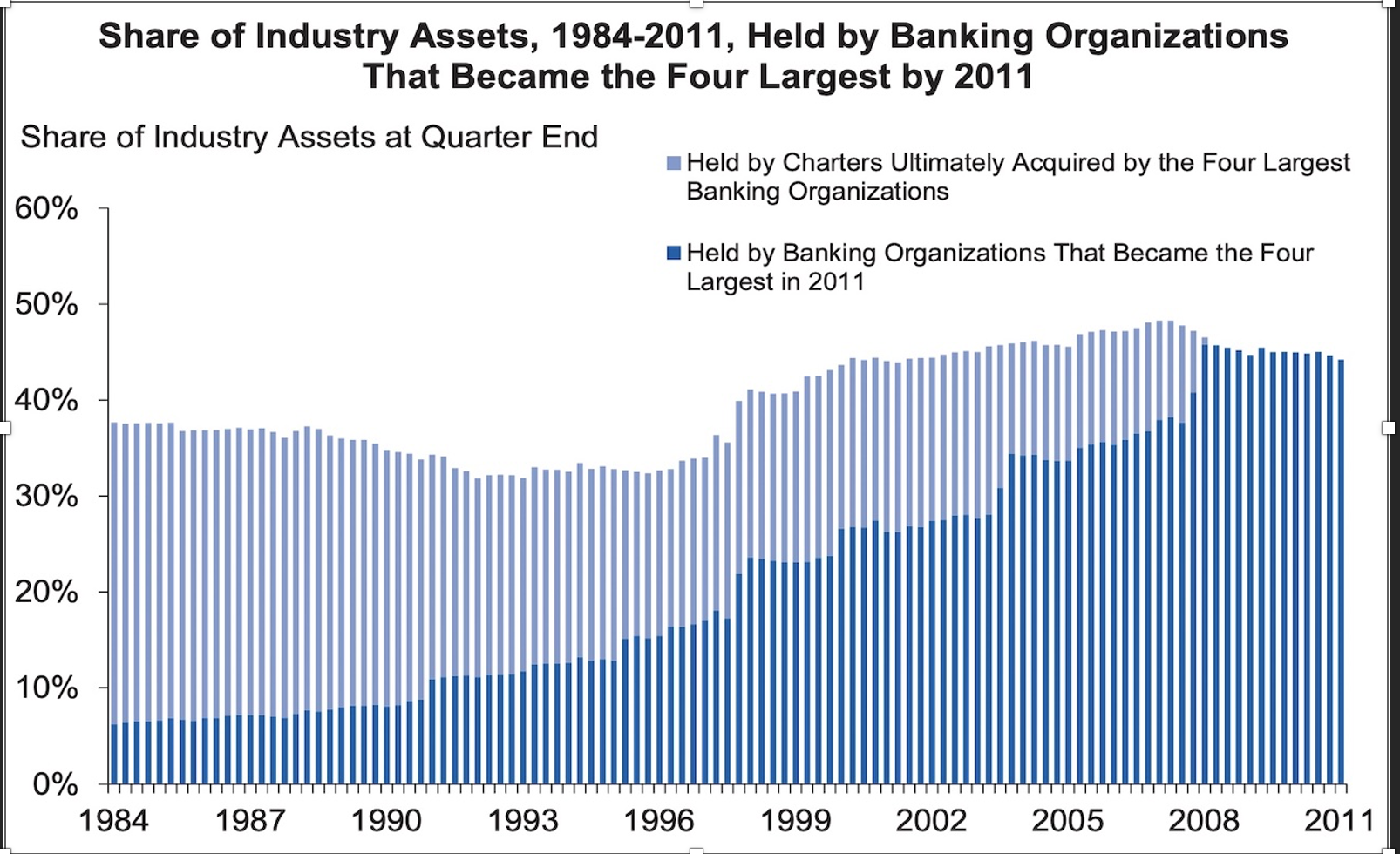by Jim Blaine
Bucky Sebastian has reached yet another, notable milestone. On February 12, Lincoln’s Birthday, Mr. Sebastian will be rolling the oldometer over one more notch to 80! Eighty years of success in all endeavors: regulator, business entrepreneur, credit union/philanthropy CEO, husband, father, grandfather, fierce friend, free spirit.
Reared in Illinois with 7 siblings – 5 older! – it is surprising that Sebastian survived childhood. The older kids tried to make sure Bucky knew “his place” in the world – last at the table, remain silent until asked, remember you exist only to serve – us! Given the circumstances, Bucky learned early how to fight, regardless of the odds; was imbued with a servant’s heart; but never fully overcame his bashfulness and reluctance to speak.
After high school, Bucky decided to become a priest, but the Jesuits wouldn’t have him. The Jesuits evidently found Bucky a bit too “over the top”, too evangelical!. Perhaps they feared a devil’s advocate? At that age – or at any age for that matter – subtlety was not Bucky Sebastian’s best trait.
Bucky also had some difficulty with the Jesuit vows of “poverty, chastity, and obedience”. He could accept poverty, would work on chastity, but obedience – well he seemed to lack that gene. Anyway, he didn’t like the limited prospect of preaching only once a week! Having decided he couldn’t work for God, Sebastian made the next best choice; he decided to play at being God…and went to Loyola to become a lawyer. The Jesuits tried to hide their disappointment!
Having graduated, and having his never-really-lacking self-confidence reaffirmed with the law degree; Bucky was now even more convinced: that he knew what was right, he knew what you needed, and he was determined to make sure you knew what you needed. So, his next career choice was also entirely logical; he became a financial regulator, ending up at the NCUA. Regulators like telling folks what to do; and, most importantly to Bucky, can usually speak at length without fear of interruption.
At NCUA, Sebastian became an oratorical outrage – and an immediate problem. A bane to pomposity and self-importance, Mr. Sebastian taunted the status quo and all infestations of mindless, conventional wisdom. He was a mischievous mocker, a red hot provocateer. Sebastian invented the novel idea at NCUA that a regulator should listen first and speak last – still reluctantly used.
Bucky Sebastian’s thinking has always been expansive, his mouth more so – with profoundly, positive results! He made folks uncomfortable, prodding them to say what they thought, explain why, and then challenging their thinking. Stand and deliver, prove your point or die trying. Fatalities were not infrequent. But in doing so, he changed minds, he changed hearts – for the better.
But, Bucky Sebastian’s impact was profound even when in error. In 1982, Mr. Sebastian opined that federal credit unions could pretty much forget having any limits on their membership. A bench of Lawyers Supreme said, “un-huh”. An all-hands-on-deck credit union movement effort was required to convince Congress to bail Mr. Sebastian out – which they did, creating a new, brighter future for credit unions.
Sebastian, if you know the man, to this day still asserts that the Lawyers Supreme erred in that decision; claims that Lincoln was born on his birthday, not vice-versa; and that when President Lincoln led off his most famous speech with “Four score…”, Lincoln was simply trying to say…
Happy Birthday, Wendell “Bucky” Sebastian!
(… wouldn’t try to argue with him about it, if I were you!)










